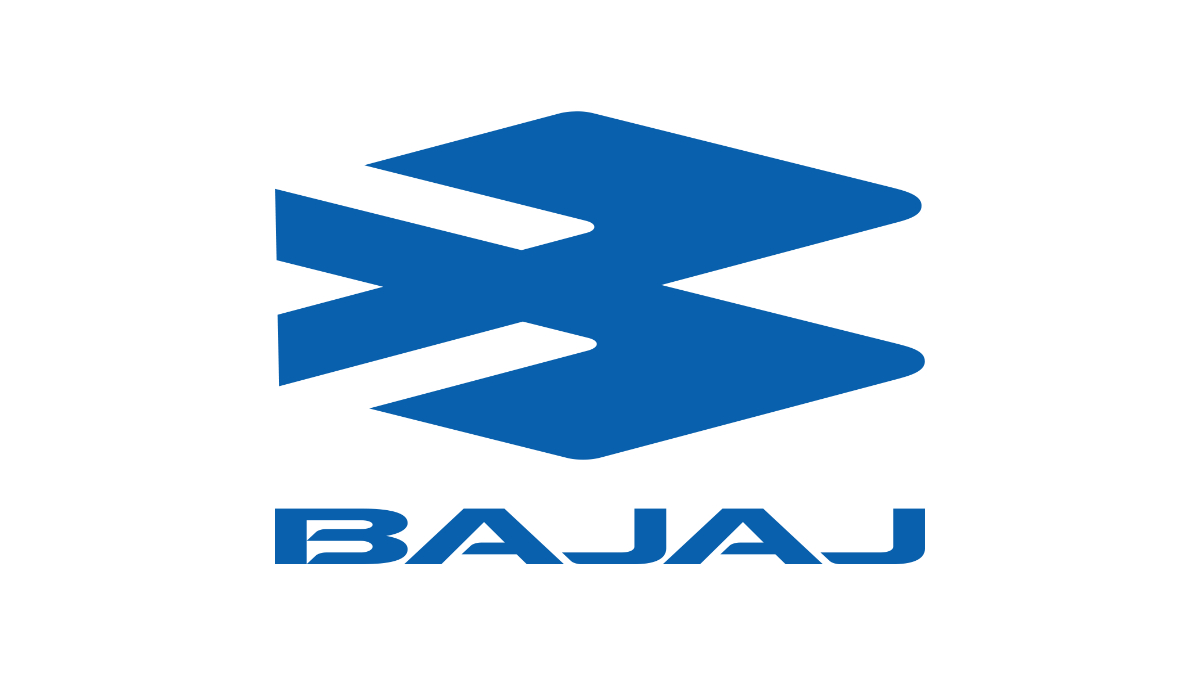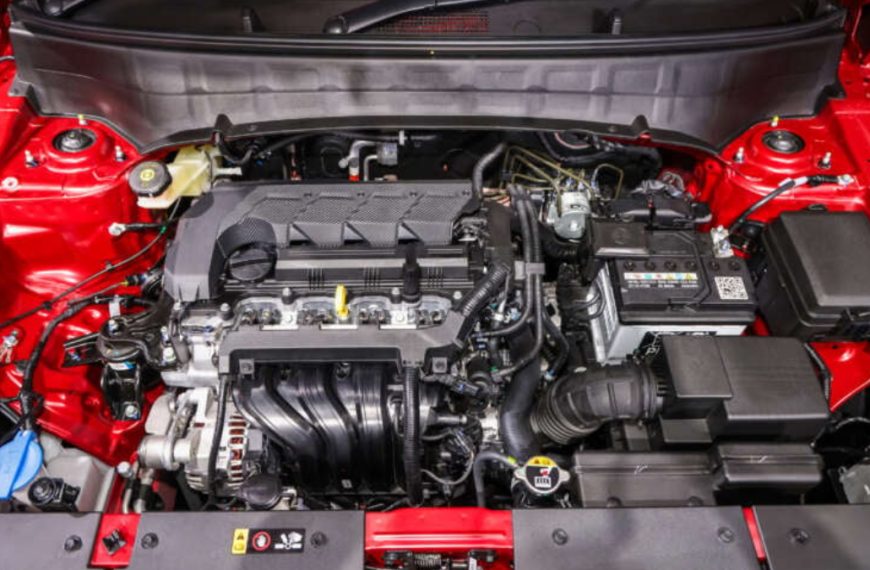Bajaj Auto has encountered significant challenges in April, marking a pivotal moment for the company. Not only did its retail market share in the domestic two-wheeler sector plummet to a 30-month low, but it also ceded its title as the nation’s second-largest motorcycle manufacturer to Honda Motorcycle and Scooter India (HMSI).
Declining Market Share
Recent data from the Federation of Automobile Dealer Associations (FADA) reveals that Bajaj Auto’s market share fell to 10.85% in April, the lowest level since October 2022 when it recorded 9.98%. This decline is largely attributed to intensified competition from rivals like Honda and TVS, who have revitalized their product lines and gained traction in the market.
- Market Share Decline: April 2023 – 10.85%
- Previous Low: October 2022 – 9.98%
- Competitors: Honda, TVS
Absence in Key Segments
Bajaj Auto’s strategic decision to not participate in the petrol scooter market has critically impacted its domestic performance. This segment now comprises over one-third of the overall two-wheeler market. While Bajaj focuses primarily on motorcycles and electric scooters, competitors are thriving in both domains.
- Scooter Market Share in FY25: 35% (up from 32% in FY24)
- Dominance by Honda and TVS: Combined 68% market share
- Total Scooter Sales: 6.85 million units in FY25 (17% increase)
Motorcycle Performance Lagging
While the motorcycle segment has seen a 5% growth, Bajaj Auto has struggled to keep up, particularly in the entry-level and sub-200cc premium categories. Popular models like Honda’s Shine SP and Shine 100 have significantly boosted HMSI’s position, enabling them to surpass Bajaj in overall motorcycle sales.
- Motorcycle Sales: 12.25 million units in FY25 (5% increase)
- HMSI’s Growth: Significant gains in the motorcycle segment
Export Success Amid Domestic Decline
According to a report by Motilal Oswal, Bajaj Auto’s growth in the two-wheeler market during the March quarter was predominantly driven by exports, which surged by 19% year-on-year. Conversely, domestic sales dipped by 7%.
- Exports Contribution: 45% of total volumes
- Total Units Exported in FY25: 1.67 million (13% increase)
Bajaj Auto has firmly established itself as the leading two-wheeler exporter in the country, closely followed by TVS. Over recent years, the company has shifted its focus towards exports, electric vehicles, and collaborations with international brands like KTM and Triumph. In the electric two-wheeler landscape, the Chetak remains a top contender.
Future Market Outlook
The overall two-wheeler market witnessed a 9% growth in FY25, reaching 19.6 million units. If FY26 meets the projected growth estimates of 6% to 9%, the industry could surpass its previous record of 21.17 million units set in FY19. However, there are signs of slowing momentum, with domestic volumes decreasing by 5% since December, largely due to a downturn in motorcycle sales. Factors such as rising loan interest rates and cautious consumer sentiment have contributed to this decline.
In summary, Bajaj Auto faces a critical juncture, needing to reassess its strategies to reclaim its position in the competitive two-wheeler market.











